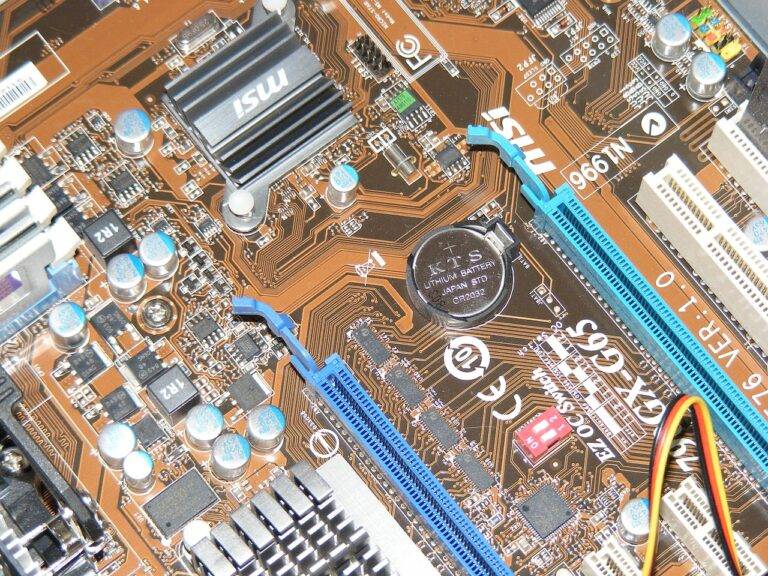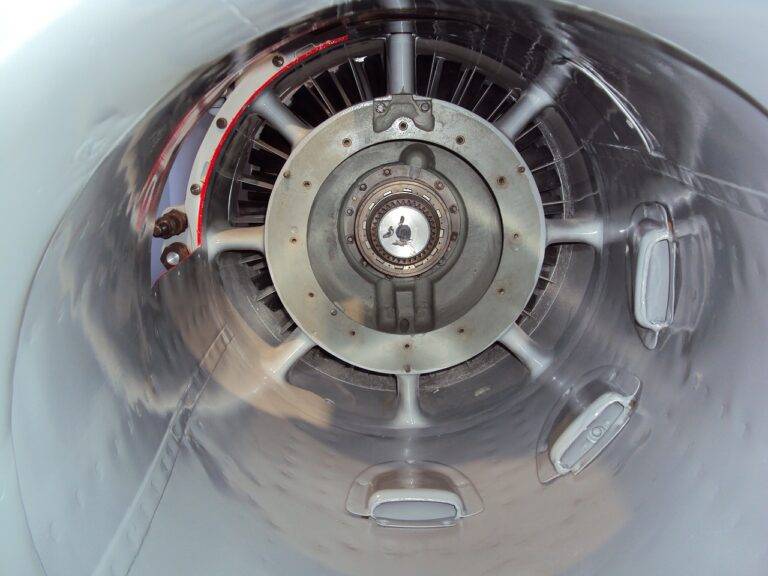The Future of Tech in Disaster Response and Recovery
Amidst the ever-evolving landscape of disaster response technologies, several challenges persist that impede the efficiency and effectiveness of response efforts. One of the primary obstacles faced is the lack of interoperability among different systems used by various response agencies. This fragmentation often leads to difficulties in communication, coordination, and data sharing during critical moments of a disaster.
Additionally, the rapid pace of technological advancements poses a challenge in maintaining the relevance and functionality of current disaster response technologies. The gap between the capabilities of outdated systems and the demand for more sophisticated tools limits the ability of response teams to adapt to evolving disaster scenarios in real-time. As a result, there is a pressing need for continuous updates and integration of emerging technologies to enhance the overall resilience and responsiveness of disaster response efforts.
Advancements in Artificial Intelligence for Disaster Response
Artificial intelligence (AI) has shown remarkable potential in revolutionizing disaster response efforts. One key advancement lies in the use of AI for predictive analytics, where algorithms analyze vast amounts of data to forecast potential risks and plan preventive measures accordingly. By leveraging machine learning capabilities, AI can detect patterns and trends that might go unnoticed by humans, allowing for more proactive and effective disaster response strategies.
Another exciting development in AI for disaster response is the use of autonomous drones equipped with AI algorithms. These drones can swiftly assess affected areas, identify hazards, and even locate trapped individuals in remote or dangerous locations. By enabling real-time data collection and analysis, AI-powered drones enhance the speed and accuracy of response operations, ultimately contributing to saving lives and minimizing the impact of disasters.
What are some challenges faced by current disaster response technologies?
Some challenges faced by current disaster response technologies include limited real-time data analysis, difficulty in predicting and assessing the impact of a disaster, and communication issues between various response teams.
How can artificial intelligence help improve disaster response efforts?
Artificial intelligence can help improve disaster response efforts by analyzing vast amounts of data in real-time, predicting disaster impacts more accurately, and enabling better coordination among response teams.
What are some examples of advancements in artificial intelligence for disaster response?
Some examples of advancements in artificial intelligence for disaster response include AI-powered drones for search and rescue missions, machine learning algorithms for predicting disaster patterns, and natural language processing tools for improving communication among response teams.
How can artificial intelligence be integrated into existing disaster response systems?
Artificial intelligence can be integrated into existing disaster response systems through the development of AI-driven software applications, the use of sensors and IoT devices for data collection, and the training of response teams in AI technologies.
Are there any ethical concerns associated with the use of artificial intelligence in disaster response?
Yes, some ethical concerns associated with the use of artificial intelligence in disaster response include issues related to data privacy, bias in AI algorithms, and the potential for AI systems to replace human decision-making in critical situations.





